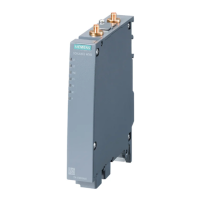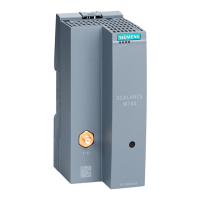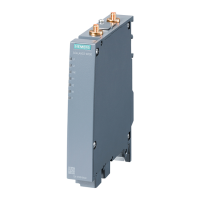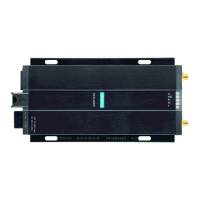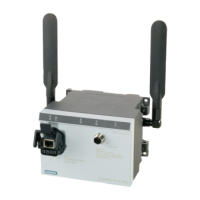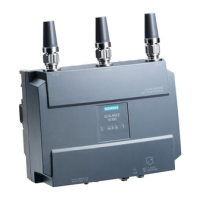Configuring with Web Based Management
6.10 "iFeatures" menu
SCALANCE W780/W740 to IEEE 802.11n Web Based Management
406 Configuration Manual, 08/2018, C79000-G8976-C267-13
●
These settings determine which device generation can establish a connection to this
device.
– Enabled
Only the devices that communicate with the IEEE 802.11n standard and have the
"Legacy Free (iPCF-LF)" setting enabled are accepted. WLAN mode IEEE 802.11n
need not be enabled for this, however.
This setting prevents performance from being slowed down by the IEEE 802.11 a/b/g
device generation.
– Disabled
All device generations (IEEE 802.11 a/b/g/n) are accepted.
In access point mode, the table has the following additional columns:
●
Specify which protocol is handled with priority by the WLAN interface.
– PROFINET
if you set PROFINET, there must be no PROFINET controller downstream from the
client.
– EtherNet/IP
If you set Ethernet/IP, there must be no scanner downstream from the client.
– Disabled
The function is disabled.
●
Select the required cycle time from the drop-down list.
The following points need to be taken into account when setting the cycle time. Otherwise
it may not be possible to establish stable communication.
– There is only one access point in the system; in other words, the clients move only in
one wireless cell. In this case, update times >= 16 ms are supported.
– There are several access points in the system that communicate over different
channels. The clients roam between the access points. In this case, select update
times >= 32 ms.
In addition to the guide values shown above, remember that the shortest cycle time to be
set is calculated according to the formula "2 ms * max. number of nodes".
●
The selected setting affects the scanning of the logged-on clients.
The following settings are available:
– All Channels
The client scans all permitted channels and selects the access point with the best
signal strength and connects to it.
– Next Channel
The client scans the next channel from its permitted channel list. If an access point is

